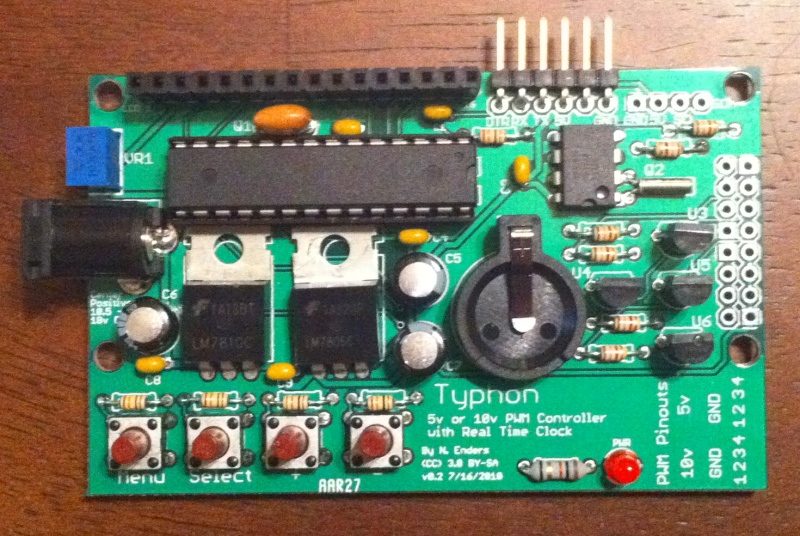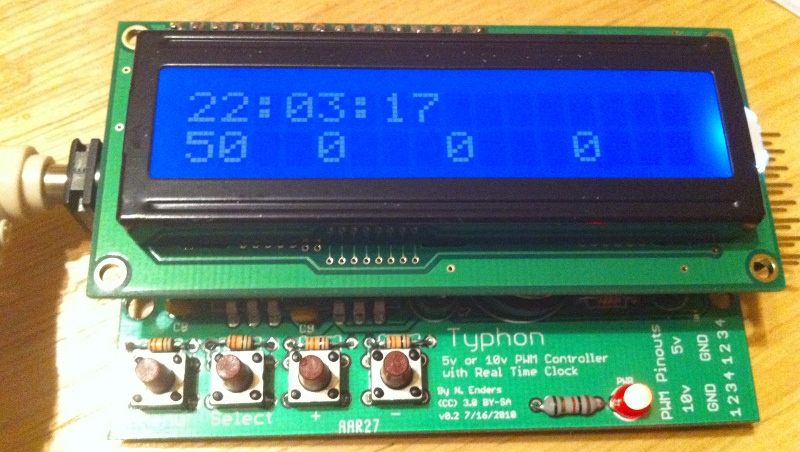
chrisfowler99
-
Posts
1,616 -
Joined
-
Last visited
Content Type
Profiles
Forums
Store
Gallery
Events
Local Fish Stores
FAQ
Blogs
Downloads
Posts posted by chrisfowler99
-
-
Hehe. Love mine. Can't wait to get them running in a tank that is actually big enough for them.

-
-
Just switched to #123456
And it's pretty cool.

-
Very clean looking setup. Your builder did a very good job.

-
Ooh! LEDs!
I oughta try some of those.

Looking good!

-
Thanks for all the positive feedback!
So, what color is everyone using? I'm fond of #305c17
default.

-
-
-
Yay! I can post now from an iPad. Still have to click on a thread topic twice...but at least that's usable.
Still a slightly weird behavior with Google Chrome. Can't tab out of this textarea...even though I can on every other forum I've typed on. Tab actually enters"tab" here, rather than jumping to the submit button.
-
It does, but the color picker does not.
I had problems with the previous version...had to click on a thread twice to open it, and no matter what I did I couldn't get a keyboard to pop up to reply to a topic.
-
ooh! Pretty!
Wonder if this one works on the iPad...
-
welcome!
-
My fish and corals love Rod's Food (original).
Same here. Everything goes for it.
-
I haven't started using pellets, but I plan to. Are you using enough pellets for your volume? I think for most of the biopellets you should be running almost 1.5 liters for 240g.
-
Right now my blue to white ratio is 1:1, which is the reason for the additional capacity. The 72 whites should be enough for growth, but the 72 blues might not be enough for the color balance that I want. So I have the option of adding another 36-72 blues.
As far as color goes, from what I'm reading, red is overpowering, and you get what you need out of that spectrum with the natural white. And violet does add a lot of pop, but much of the violet LEDs color is out of the visible spectrum. And most of the visible spectrum is present in the royal blues.
The color that I may consider adding if I end up adding another string of blues is cyan.
Though it isn't outside the realm of possibility that, if I add another string of blues to each heat sink, that I will include a red, violet and/or cyan.
I'll probably pick up a couple of each if/when I do expand to test.
-
LEDs
in Reef Keeping
i think i read somewhere that the UV rays are actually harmful to corals, like it is to the skin on humans, but corals have adapted. im wondering if the LED's might actually be better for the corals over a long period of time
If I am remembering correctly, UV rays definitely can be a problem. LEDs do not emit them. SE MH Bulbs have built in UV shielding. DE MH bulbs do not, which is why you have to have a UV shield below DE MH bulbs.
This is one of the major heat differences between the MH and LED.
-
LEDs
in Reef Keeping
It has begun: http://www.austinreefclub.com/blog/56/entry-777-leds/
-
So, I'm building a DIY LED lighting setup for the 265g tank that I picked up from Chad and Belinda.
There are several reasons that I'm doing this, but it mostly comes down to: "Because I want to."
When I say DIY, I'm talking about:
- Building an Arduino controller
- Building LCD drivers
- Drilling heat sinks
- Mounting and wiring LEDs to the heat sinks and controllers.
- Mounting optics to the LEDs to penetrate a tank with a 31" depth.
- Building a frame to mount the system
- Wiring and mounting the whole setup
The initital setup will be 144 total LEDs, but I'm designing with the idea of a possible expansion to 216 if I'm not satisfied with the color balance of the setup when complete.
The initial distribution of LEDs will be:
72 Royal Blue (Cree XP-E)
60 Cool White (Cree XP-G)
12 Neutral White (Cree XP-G)
It will be built as 24 strings of 6 LEDs.
12 heat sinks with 12 LEDs per heat sink. Each heat sink will have a string of 6 Royal Blue LEDs and a string of 5 Cool White and 1 Neutral White LED.
If I expand to 216 LEDs it will be another string of 6 blue LEDs on each heat sink.
I may end up, at a later date, replacing one Royal Blue LED per string with a Cyan, but I'll see how it comes out this way first.
I've been working the past few days on building the Arduino controller and as of Saturday (11/20) evening I was able to boot and install a controller program.
Without the LCD and a few components:

With the LCD, programmed and booted:

What you're seeing in that image is a clock and the configuration of the four PWM (Pulse Width Modulation) outputs on the controller.
The PWM outputs are adjustable from 0-255, with is the number of pulses per second. 0 is off, 255 is full on, and it can be adjusted anywhere in between to affect the "brightness" of the LEDs.
The controller, as currently programmed, allows for setting each PWM output to control when a group of LEDs come on, initial brightness, maximum brightness, how long to ramp up from initial to full brightness and then the same controll for the way down.
Initially I will only be using two of the PWM outputs. One to control all of the blue LEDs and one to control all of the white LEDs. If I add another group of LEDs I will use a third PWM output.
-
LEDs
in Reef Keeping
Yeah...the blues alone are probably going to be way too blue.
I figure I'll have to have some amount of white in with the blue even when I want the "actinic" look.
Gonna start a blog of my build at some point today.
-
Yes Chris...Rockin' Reefs is no longer a sponsor on ARC and I will no longer be selling commercial livestock here as a club member.
As long as you're happy with the decision, it was the right one.

-
That doesn't mean Rockin' Reef is dead, does it?

Congrats to the two of you.

-
I was going to recommend the Trail of Lights at Zilker Park, but it's been canceled.

-
PS: the January meeting will cover tank photography (shhhhh)
Ooh...definitely time to start hinting harder to my wife that a macro lens would make a great Christmas present.

-
Welcome! Definitely an addiction.


Pico Tank Taken To The Next Level
in Off Topic Discussion
Posted
very carefully.
I'm waiting for Vortech to come out with the MP.00001 before I consider a tank that small, though.